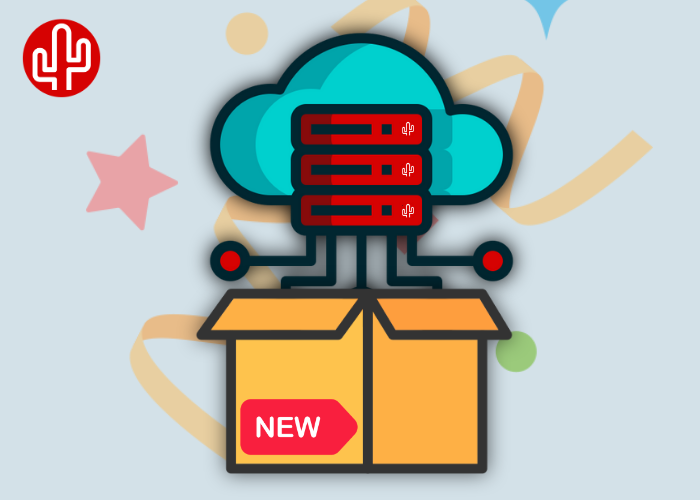Tech updates
Share this
Top-notch infrastructure

by Techupdate on Jul 9, 2024 2:37:16 PM
After months of preparation, the time had come on 7 July; the final part of the migration took place so that we are now fully migrated to the new infrastructure. A top-notch infrastructure based on Microsoft Azure which allows us to scale up even more easily, helps us further with our internationalisation strategy and enables us to deliver even better quality. But also an infrastructure that helps us keep winning and stay ahead in the integration market.
Preparation
What many people don't see is that such a project is a huge operation behind the scenes. Eight months were spent building, preparing, consulting, testing and communicating. Many CRM and telephony parties cooperated in this project so that the migration had as little impact as possible on our partners and end customers. And for those partners who still had to perform a manual action, we tried to make this as easy as possible by visualising it in the partner portal and making migration manuals available. We would therefore like to thank all parties involved for their cooperation.
Oeps!
The migration, which took place over the weekend, went very well and was completed within a few hours. But the real exciting moment came when the first working day arrived and partners and customers started using it en masse; Monday 8 July. The day started well, and monitoring indicated no particularities. Until 10:14... Oops! Alarm bells went off, the first 'failure reports' came in and partners subscribed to our status page received notifications that processes were unavailable. Afterwards, it turned out that one of the automatic health checks was tuned a little too strictly and reacted to the wrong trigger, causing a number of processes to start restarting, resulting in a snowball effect. Fortunately, the problem could be solved permanently fairly quickly.
What we did it for
Some examples of what the new infrastructure will deliver are:- ISO certification: the new infrastructure uses several resources in the Azure platform that have the following ISO certifications: ISO 200000-1:2018, ISO 22301:2019, ISO 27001:2022, ISO 27017:2015, ISO 27018:2019 and ISO 9001:2015.
- Performance: load balancing in the redundant environment is greatly improved because capacity is added temporarily or permanently automatically when there are peaks in load on server capacity. This scaling is done both horizontally (adding servers) and vertically (adding resources from servers).
- Zero downtime deployment: by implementing the "zero downtime deployment" mechanism, updates in the infrastructure can be rolled out without downtime and synchronisation problems in the redundant environment. Indeed, updates are performed incrementally across different instances or servers, updating each instance one by one while the others remain active, thus maintaining service availability.
- Geo clusters: the new infrastructure consists of geo clusters which means that data can be processed and stored in a location required by the legislator of a relevant country. It also ensures that there are no delays if, for example, you are based in a continent other than Europe because your data will then not be processed by servers in Europe.
- Security: processes have been separated so that each server is only responsible for one process. This allows us to isolate processes more easily in case of calamities.
- Monitoring: because the processes have been separated, we can apply even better and more detailed monitoring to ongoing processes, which greatly increases the quality of service.
If you have any questions, feel free to get in touch!
Share this
- November 2025 (6)
- October 2025 (9)
- September 2025 (8)
- August 2025 (7)
- July 2025 (10)
- June 2025 (5)
- May 2025 (6)
- April 2025 (6)
- March 2025 (5)
- February 2025 (3)
- January 2025 (2)
- December 2024 (7)
- November 2024 (8)
- October 2024 (5)
- September 2024 (6)
- August 2024 (5)
- July 2024 (9)
- June 2024 (3)
- May 2024 (9)
- April 2024 (5)
- March 2024 (4)
- February 2024 (9)
- January 2024 (8)
- December 2023 (9)
